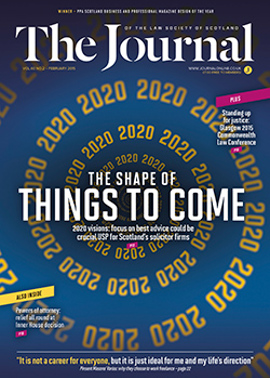Separation and the stored embryo

The Human Fertilisation and Embryology Act 2008 came into force in three stages between 6 April 2009 and April 2010.
Its main aims from a family lawyer’s perspective are:
- to ensure that the creation and use of all human embryos created outside of the body are subject to regulation;
- to ban gender selection of offspring for social reasons;
- to require that clinics take account of the “welfare of the child” in providing fertility treatment;
- to remove the previous requirement that clinics take account of the child’s “need for a father”;
- to allow for the recognition of both partners in a same sex relationship as the legal parents of children conceived through the use of donated sperm, eggs or embryos;
- to enable people in a same sex relationship and unmarried couples to apply for an order allowing them to be treated as the parents of a child born using a surrogate.
We are increasingly being consulted by couples seeking advice where, either for medical or for social reasons, they have chosen to freeze their sperm, eggs or embryos in the hope of being able to produce offspring in the future from same. Although parties will always enter into agreements regulating the use of their embryos, at the licensed clinics which assist them with this process, it is clear from subsequent enquiries that this “informed consent” is not truly informed. This is not surprising, given the emotional circumstances in play at the point such agreements are signed. Misconceptions exist about what can be done to revisit agreements, should the parties’ relationship subsequently break down.
Partner says no
Clients will, at the point of storing their embryos, have signed consent forms at the clinic where they will have agreed: (i) that the embryos be stored to be used in treatment at a later date; (ii) how long they will be stored for (usually five or 10 years); (iii) what should happen to the embryos if one party dies or is no longer able to make a decision about them; and (iv) whether the embryos can be used only in the parties’ own treatment, whether they might be donated to other patients or whether they could be used for research or training.
Where parties have embryos frozen, either party can vary or withdraw their consent at any time before the embryos are used, either in treatment or in medical research or training. If that happens the embryos cannot be used. The clinic will then allow a cooling off period of up to a year, which gives the parties a very limited opportunity to try to reach agreement on what should happen to the embryos.
Parties often want to explore the extent to which they can make claims on the embryo as “matrimonial property” on divorce. We need to emphasise to clients that they have very little leverage over what will happen to embryos in the event that their partner withdraws their consent. A party has an absolute right to prevent the embryo being used, and where no subsequent agreement can be reached there is no scope, despite what many clients feel to be a great sense of unfairness, to change the inevitability of the embryos being destroyed once the cooling off period has expired.
If you are addressing this point on separation, it is important to understand the basis for a party’s withdrawal of consent, to enable you to explore whether there is any scope for parties to reach agreement. It is not unusual for one party to wish to preserve the possibility of using the embryos, or at least, given the emotional, physical and psychological journey it took the parties to create them, to wish to have them donated to other patients or to medical research or training. Where a party’s withdrawal of consent relates to a surmountable reason such as, for example, the desire to avoid the financial responsibility for any resultant child, there may be scope to reach agreement on this. Other objections may be, quite understandably, more insurmountable.
When consulted at an early stage, we should be flagging the issue likely to arise on separation if consent is withdrawn, and advising clients on the circumstances in which they can retain sole control over embryos (either by storing unfertilised eggs or embryos fertilised by donor sperm), so that they can give consideration to how the terms of their clinical agreements will reflect not only in the light of a hope for the future, but also in the harsher light of a separation.
In this issue
- Supreme Courts: the US and UK compared
- Taking farmers to market
- Queuing up for Street Law
- Cash for your body
- Ivor Guild: an appreciation
- Reading for pleasure
- Journal magazine index 2014
- Opinion: Waqqas Ashraf
- Book reviews
- Profile
- President's column
- More benefits from development plan approval
- People on the move
- On track for 1 April
- In five years' time...
- Glasgow 2015: the three Rs
- Powers of attorney: the Inner House decides
- Freelancing goes mainstream
- Socially acceptable?
- Searching questions
- Separation and the stored embryo
- Effect, not cause: is obesity a disability?
- Goodbye to the Lamborghini?
- Scottish Solicitors Discipline Tribunal
- The dispute resolvers
- Take care with Lender Exchange
- Law reform roundup
- From the Brussels office
- Equal pay: a professional imperative
- Are you a cyber risk?
- Ask Ash
- Property in the spotlight
- Sweet smell of added value
- Legally IT: the evolving lawyer






